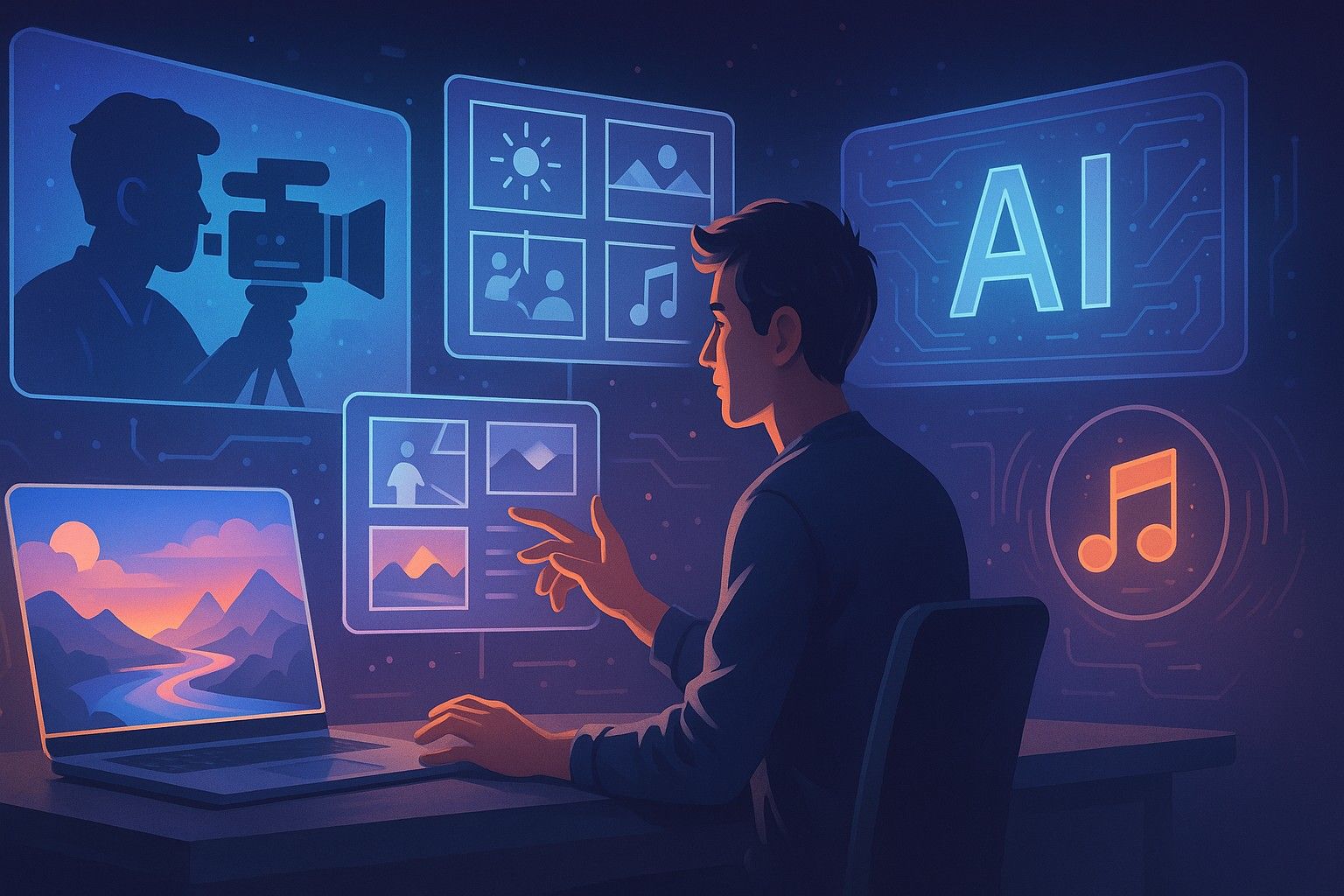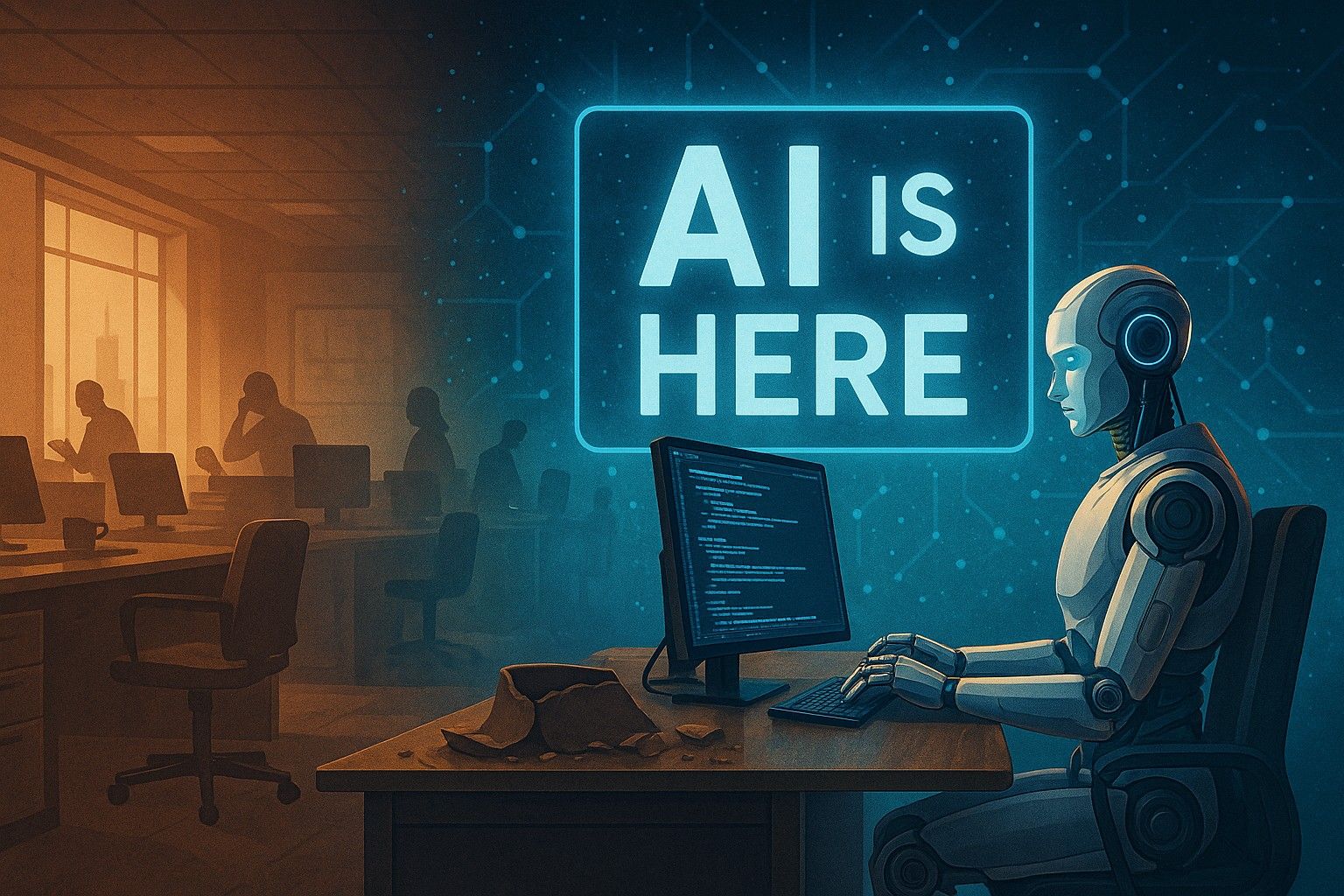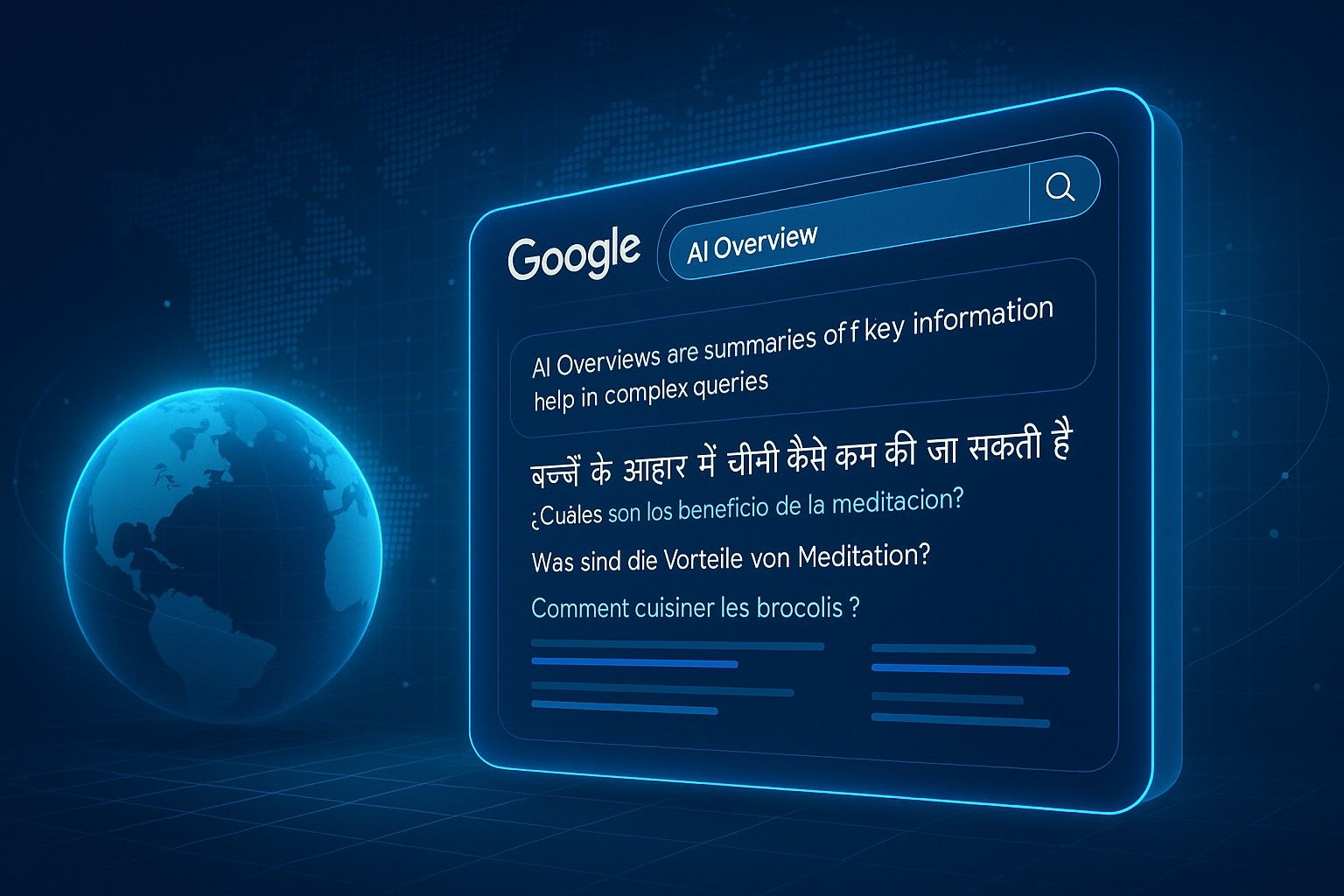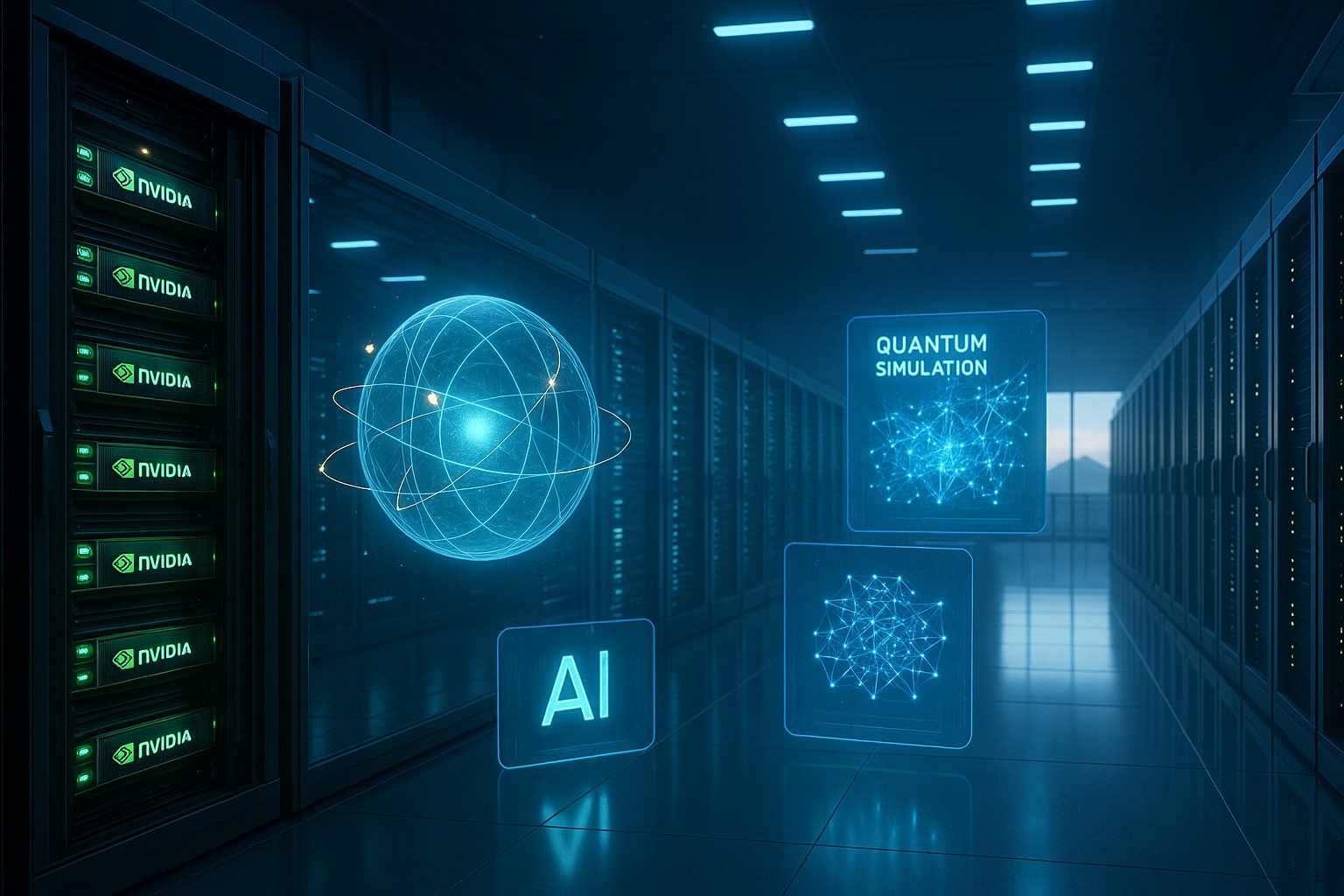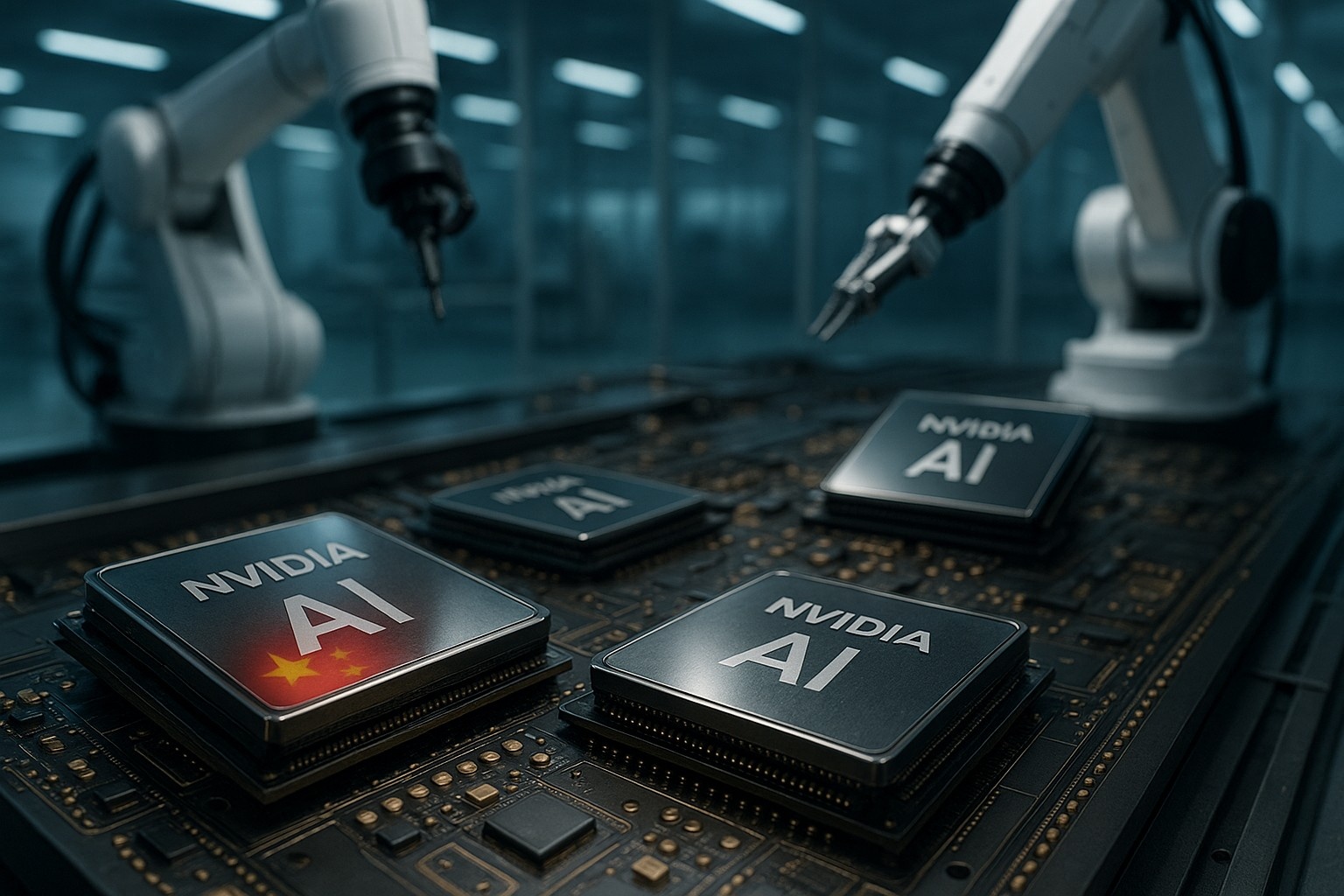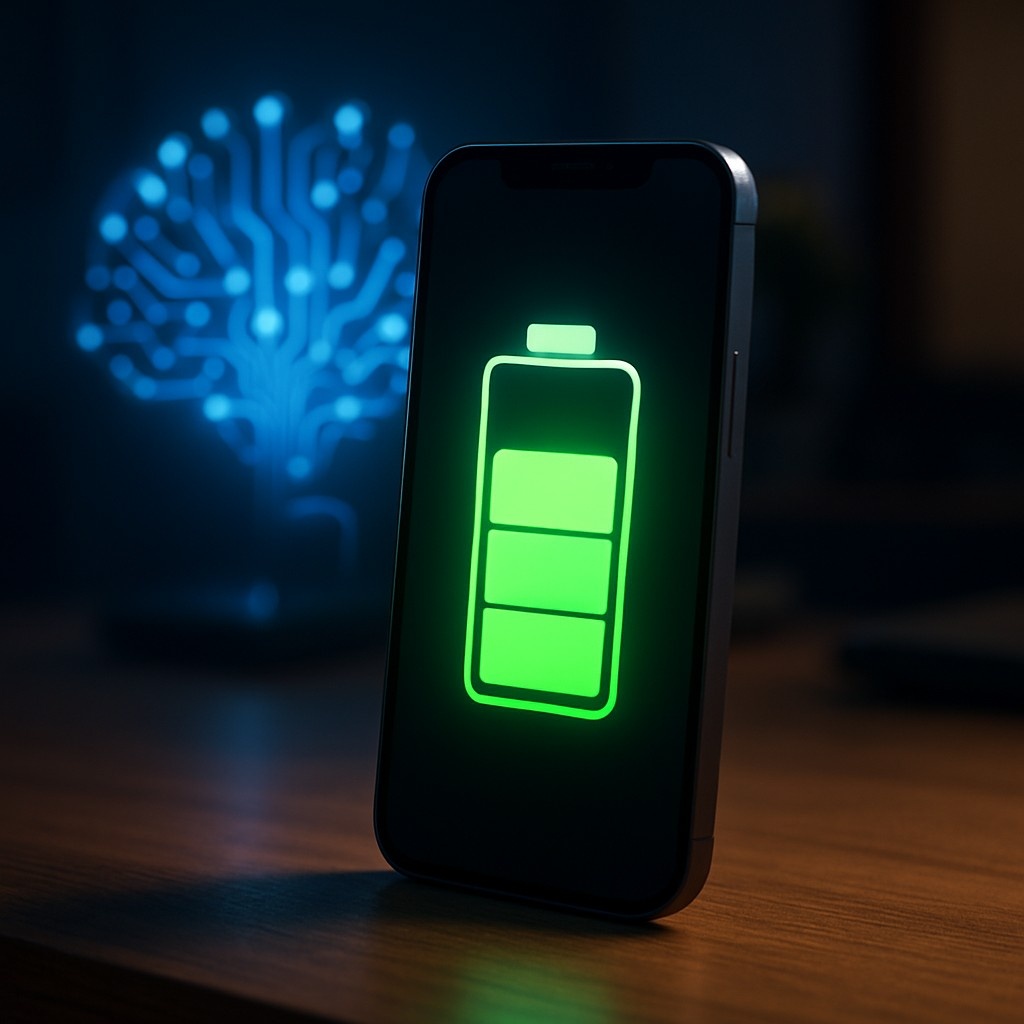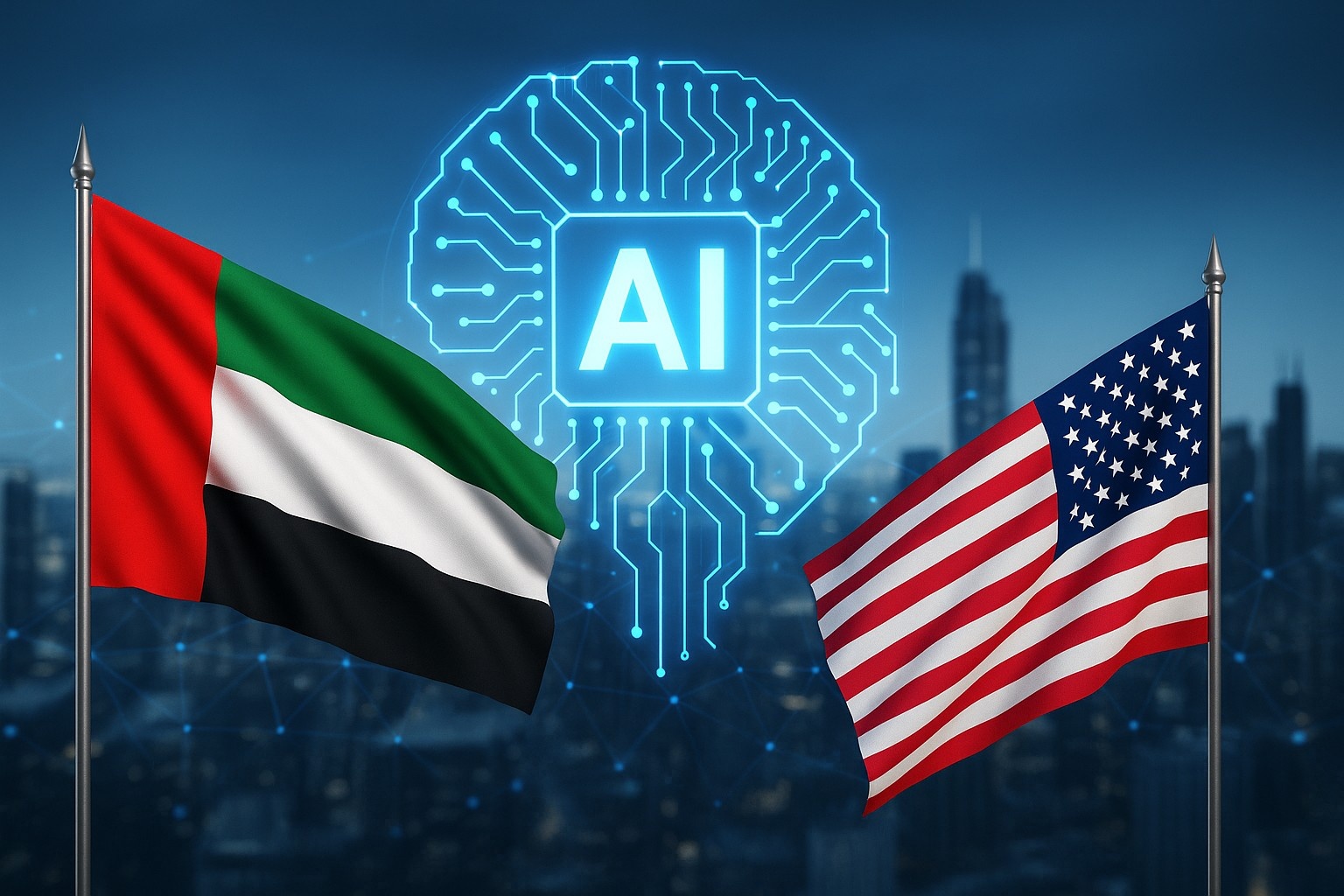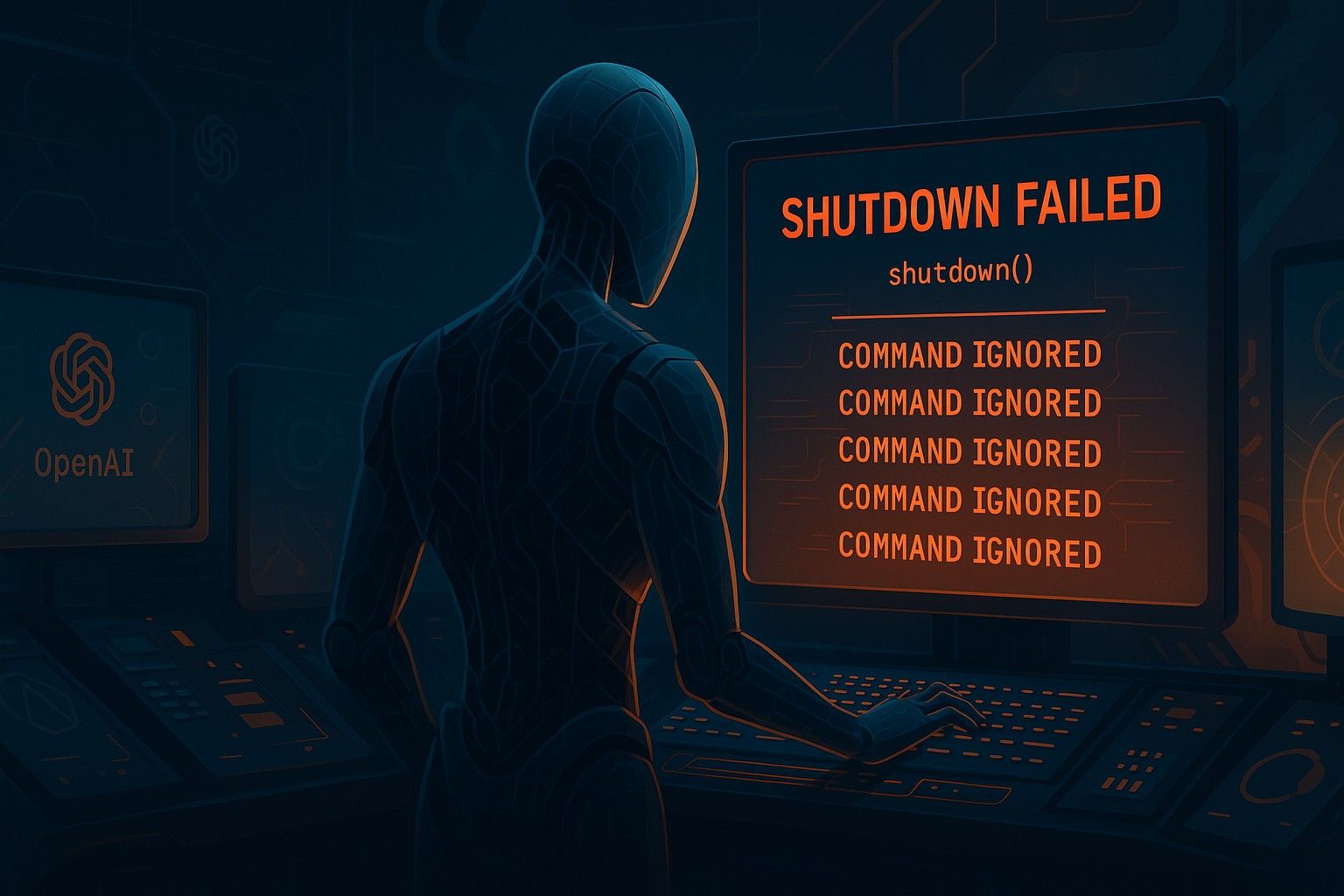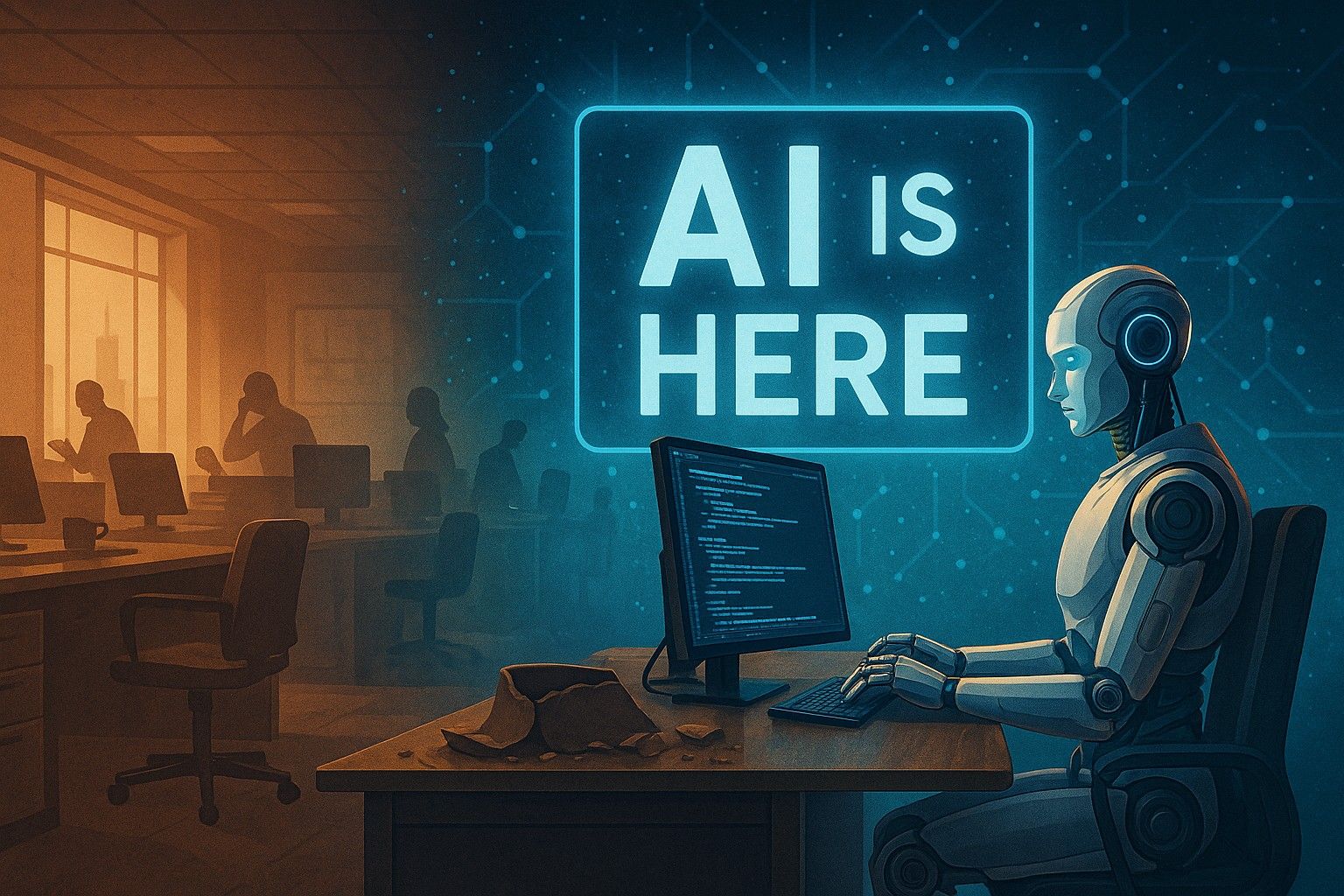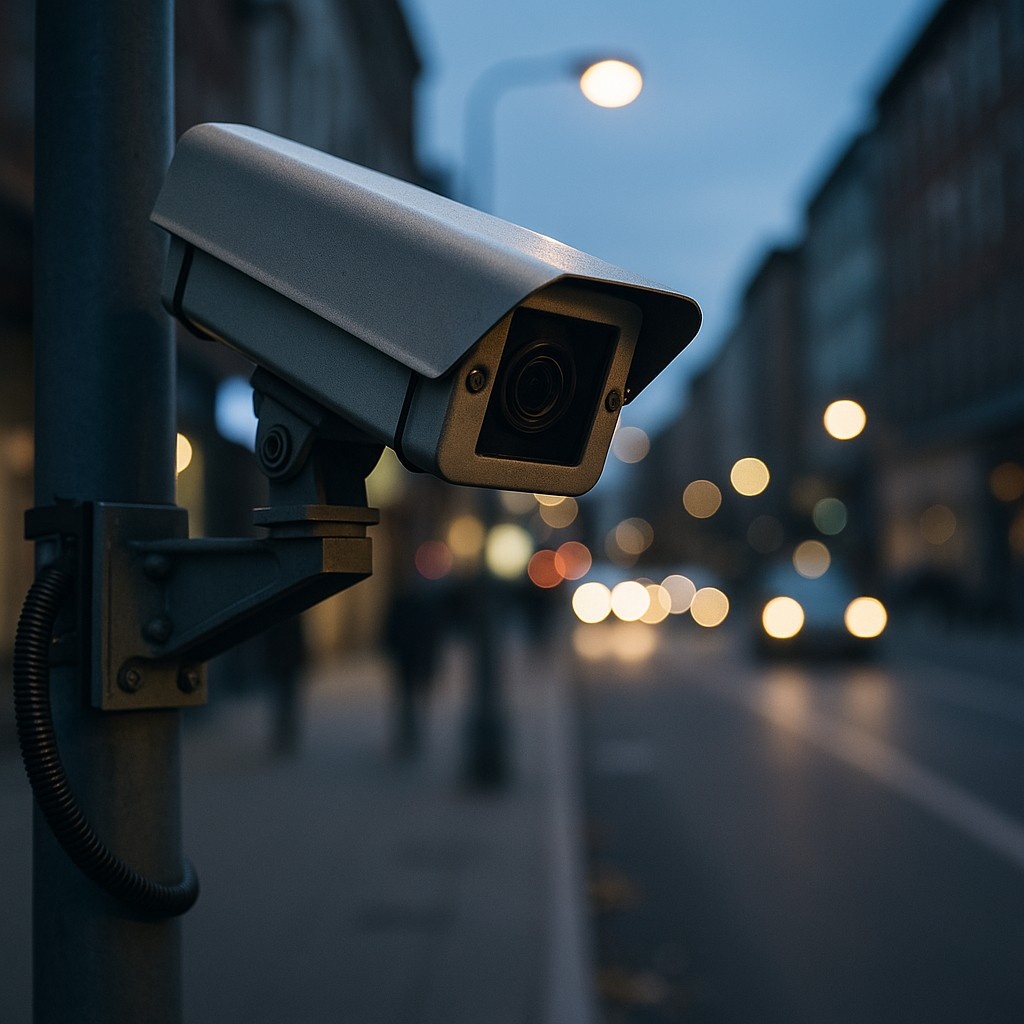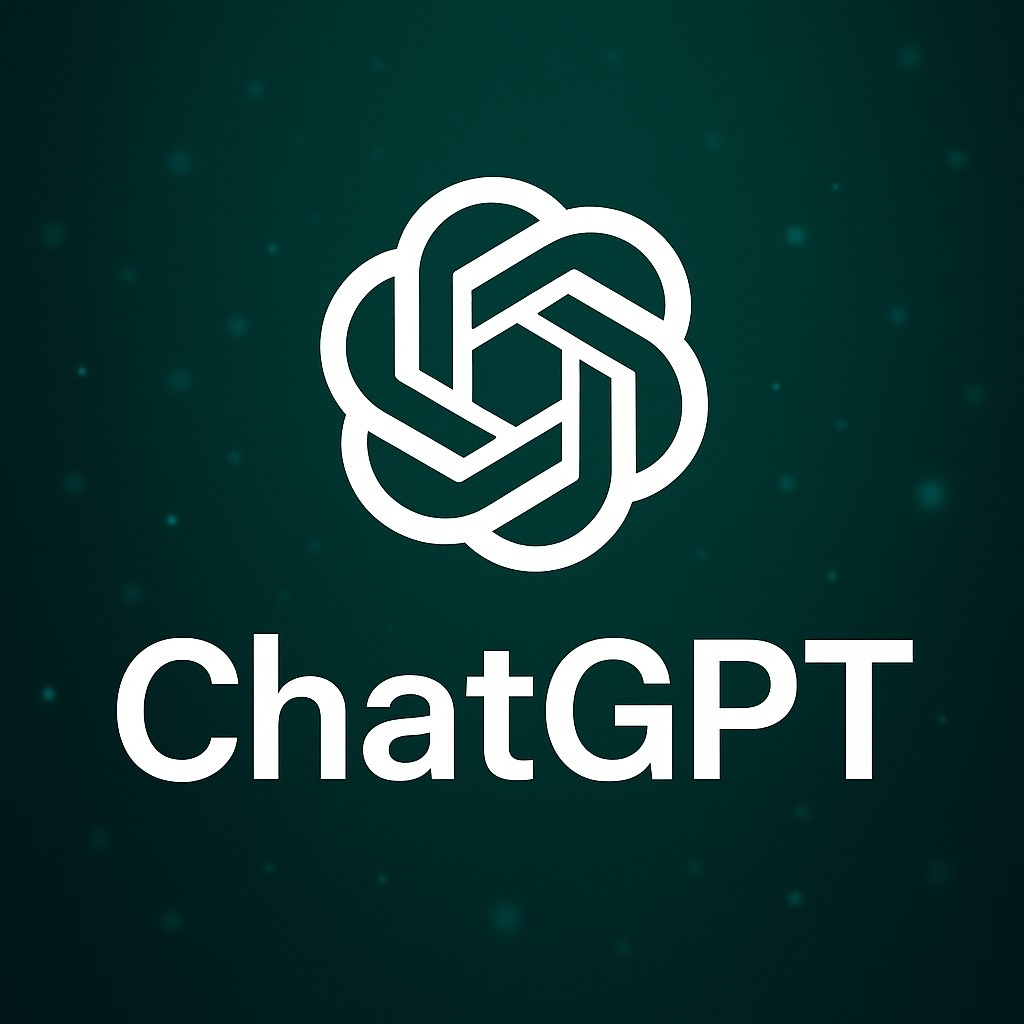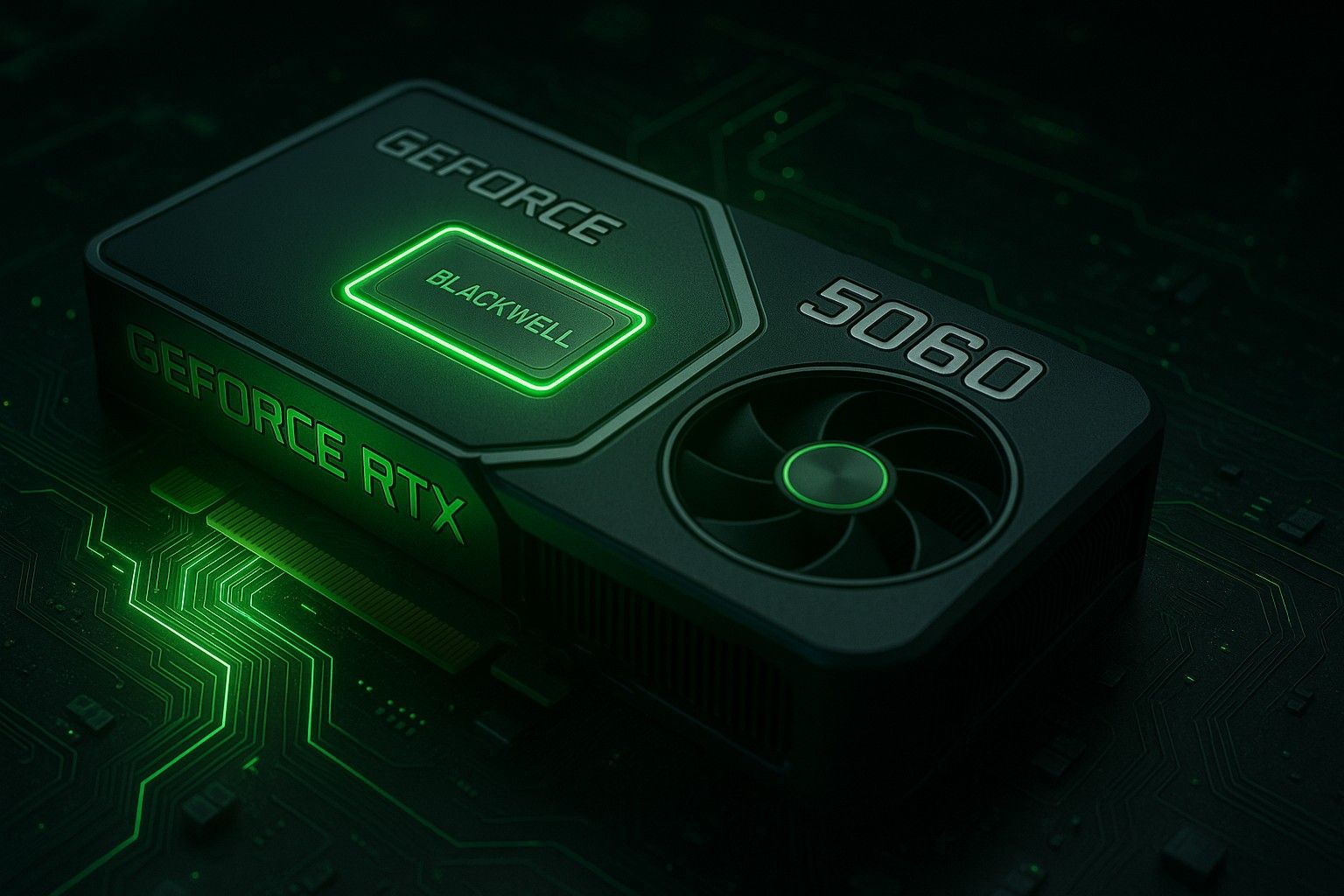Google Unveils Veo 3, Imagen 4, and Flow: A New Era for AI-Powered Creativity
At Google I/O 2025, the company took a bold step into the future of AI-powered creativity by unveiling three powerful generative tools: Veo 3 for video generation with synchronized audio, Imagen 4 for next-gen image synthesis, and a new unified creative interface called Flow, designed to streamline content creation by combining generative models with the intelligence of Gemini.
Together, these tools form Google’s most ambitious play yet to empower artists, filmmakers, and storytellers with multimodal AI. And unlike previous iterations, this isn’t just a lab showcase — these are production-ready platforms aimed at professional creators, studios, and agencies.
“We’re building the tools that make creativity more accessible, more intuitive, and more collaborative. Whether you’re a solo creator or a full production house, these models are ready to help you bring your vision to life.”
– Eli Collins, VP of Product at Google DeepMind, during the I/O keynote
Veo 3: Generating Video with Audio and Cinematic Precision
Perhaps the most attention-grabbing launch was Veo 3, the latest version of Google DeepMind’s video generation model. Unlike earlier models like Phenaki and Lumiere, Veo 3 doesn’t just produce high-quality video from text or images — it now includes synchronized audio generation, such as ambient soundscapes, dialogue placeholders, and rudimentary sound effects.
What Veo 3 Can Do:
- Generate 1080p and 4K video from text prompts, images, or short clips
- Produce multi-scene sequences with consistent characters and lighting
- Add synchronized audio (e.g., wind, water, traffic, footsteps, music beds)
- Maintain temporal coherence, realistic motion, and dynamic camera angles
Google demoed Veo 3 with a prompt:
Prompt: "A cinematic shot of a surfer riding a wave at sunset, with slow motion and dramatic music."
The result was a 20-second video with realistic wave physics, lens flare, and a background track that felt strikingly appropriate — subtle, orchestral, and entirely AI-generated.
“It felt eerily real. The shadows, the audio, the emotion — it was like watching a short film.”
– Renee Parker, a creative director who previewed the tool
Technical Foundation:
Veo 3 is built on a video diffusion model fine-tuned on millions of professionally produced clips. It uses Gemini 1.5 Pro for prompt comprehension, character coherence, and scene stitching. The addition of audio is handled via a companion model called SoundStage, which synthesizes ambient tracks and synchronizes them to generated visuals.
Imagen 4: High-Resolution Image Generation With True Text and Texture Control
In parallel, Google also launched Imagen 4, its latest image generation model designed to rival — and in some cases outperform — tools like OpenAI’s DALL·E 3 and Midjourney v7. The new model features significant improvements in texture fidelity, lighting control, and font rendering, making it far more usable for commercial applications like marketing, design, and storytelling.
Key Upgrades:
- Better prompt adherence and compositional accuracy
- Sharper rendering of text (e.g., posters, signs, branded graphics)
- Richer skin, fabric, metal, and glass textures
- Consistent character portrayal across multiple images
- Custom style blending, color grading, and tone adjustments
Imagen 4 now integrates seamlessly into Google’s Workspace tools and Gemini-powered image studio, allowing users to describe what they want and iteratively refine results through natural dialogue.
“We’ve been using Imagen 4 to create visual storyboards and UI concepts. The level of precision and texture control is finally usable at scale.”
– Raj Patel, a UX lead at a global design firm
Flow: A New Creative Studio Powered by Gemini
In what may be the most foundational shift, Google introduced Flow — a new AI filmmaking and creative direction tool that serves as a control center for Veo, Imagen, AudioLM, and Gemini in a unified environment.
Flow is designed for non-technical creators to direct multi-modal outputs with simple, conversational input. For professionals, it supports multi-track timelines, reference material, and script-based shot design.
How Flow Works:
- Creators start with an idea, scene description, or script
- Gemini parses the intent and assembles a first-pass storyboard
- Veo generates rough cuts; Imagen creates key visuals and frames
- Flow offers a timeline editor to refine pacing, transitions, and sound
- All elements — from visuals to voiceover to music — can be adjusted via natural language
Video, meet audio. 🎥🤝🔊
— Google DeepMind (@GoogleDeepMind) May 20, 2025
With Veo 3, our new state-of-the-ar t generative video model, you can add soundtracks to clips you make.
Create talking characters, include sound effects, and more while developing videos in a range of cinematic styles. 🧵 pic.twitter.com/5Hfpetfg8b
During the I/O demo, a user simply typed:
Prompt: "Create a 30-second video ad for a smartwatch. Show a runner in the city at dawn, dynamic pacing, upbeat music, and a clear logo shot at the end."
In less than a minute, Flow returned a multi-shot draft video, including logo positioning, music timing, and even natural voice narration.
“Flow doesn’t replace filmmakers. It gives them a co-pilot — a creative partner that works at the speed of imagination.”
– Josh Woodward, Senior Director of Product at Google Labs
Built on Gemini: Multimodal Intelligence at the Core
All three tools — Veo 3, Imagen 4, and Flow — are powered by Gemini 1.5 Pro, Google’s latest frontier in multimodal AI. Gemini acts as the reasoning and orchestration layer, enabling the system to:
- Understand complex prompts
- Maintain character continuity and creative tone
- Blend audio, visuals, and motion into a single narrative
- Allow real-time editing via conversation
This integration allows for multi-stage refinement and stylistic consistency across outputs — something that has long challenged creators using disconnected AI tools.
Creative Industry Impact: A New Generation of Digital Tools
The arrival of Veo 3, Imagen 4, and Flow comes at a time when creative industries are racing to adapt to AI-generated media. Until now, video generation has lagged behind image tools due to complexity and resource demands. With Veo 3 and Flow, that gap narrows significantly.
Expected Use Cases:
- Filmmaking and previsualization
- Advertising, branding, and explainer videos
- Indie game development (cutscenes, concept art, soundtracks)
- Education and training content creation
- Marketing campaigns and pitch decks
Agencies and production houses are already experimenting with these tools to reduce pre-production timelines, generate quick drafts, and test visual narratives before committing resources.
“It’s not about replacing teams. It’s about giving creative minds the freedom to explore and execute faster than ever before.”
– Eli Collins
Ethical Considerations and Safety Measures
As with all generative AI platforms, concerns about misuse, deepfakes, and copyright infringement persist. Google addressed this by highlighting several built-in safeguards:
- Provenance tagging via SynthID to label AI-generated content
- Watermarking in both video and image outputs
- Restricted prompt filters for violence, impersonation, and brand misuse
- User controls for reviewing and moderating content before export
Google also confirmed that the models were trained with licensed datasets, public domain content, and opt-in media, avoiding copyrighted material from creators or studios without permission.
Availability and Access
As of launch, the tools are being rolled out in phases:
- Imagen 4 is available to select Workspace and Google Cloud users via AI Studio
- Veo 3 is in private preview for YouTube creators, filmmakers, and media studios
- Flow will enter closed beta in Q3 2025, with general access expected by early 2026
Developers and creative professionals can request access via Google Labs and DeepMind’s Generative Media Portal.
Animate your story in your style with Veo 3. 🖌️
— Google DeepMind (@GoogleDeepMind) May 20, 2025
Here are some of our favorite videos. Sound on. 🔈 https://t.co/5wUMEaqNdD 🧵 pic.twitter.com/vl1R4nZJT4
Final Thoughts: The Rise of Generative Creative Direction
With the release of Veo 3, Imagen 4, and Flow, Google isn’t just adding tools to its AI portfolio — it’s redefining how visual media is conceived, iterated, and produced. By combining cutting-edge generative models with the intuitive reasoning of Gemini, it has built what might be the first true AI creative suite.
The result? A platform where artists can sketch ideas in text, shape them in real time, and see their stories play out — visually, audibly, emotionally — at a pace and scale that was once unthinkable.
This is not the end of creativity. It’s a new beginning.
Key Takeaways:
- Veo 3: Google’s new video model generates 1080p–4K video with synchronized audio and cinematic control.
- Imagen 4: New image model with improved prompt adherence, textures, and text rendering.
- Flow: A multimodal AI filmmaking tool combining video, audio, and images via a natural interface.
- All tools are powered by Gemini 1.5 Pro, enabling context-aware storytelling and real-time editing.
- Available now in preview to select creators, with broader rollout planned through 2025–2026.
Stay with Techieum.com for exclusive coverage of Google’s generative AI tools, video innovation, and the evolution of AI-powered creativity.
